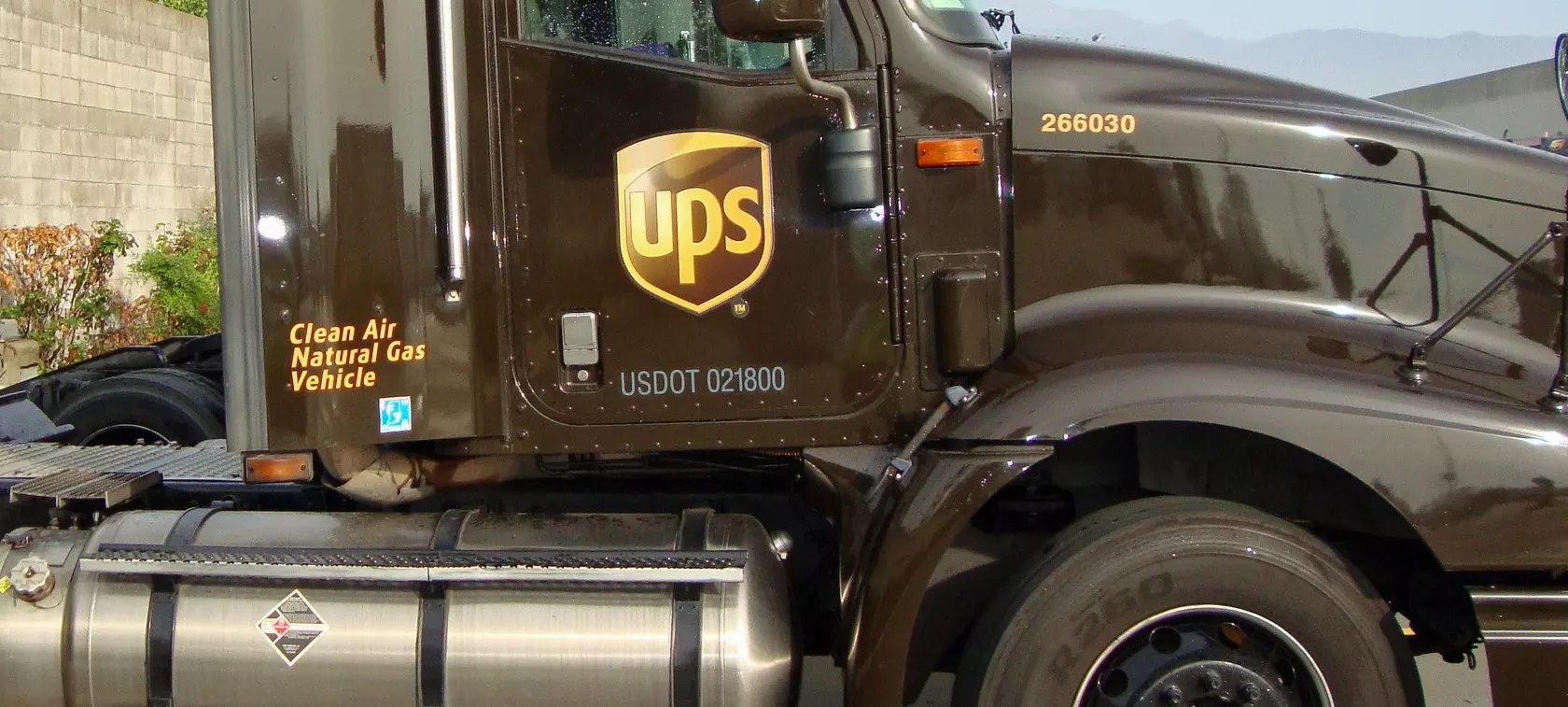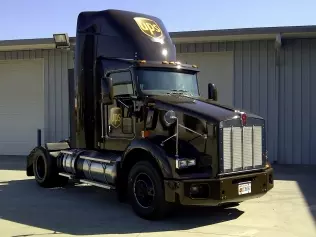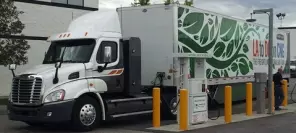- Main page
- Search
- Up to date
- Products
- Technology
- Vehicles
- Video
- Conversion Payback Simulator
Port Injection - Conversion Payback Simulator
Direct Injection - Conversion Payback Simulator
Diesel - Newsletter
UPS supports alternative fuels
 loading results...
loading results...
1000 truck-tractors powered by liquefied natural gas (LNG) will have a big part in achieving this goal. In 2014, they will be delivered to the company’s American branch. According to UPS, LNG-powered truck-tractors are great for long distance transport.
The company refurbishes its Canadian fleet by switching to LPG-powered vehicles. 830 out of 2500 delivery vehicles are already using autogas. Over the next two years, the company plans to introduce 116 additional LPG cars (purchasing new ones or adapting those they already have).
Finding the most effective methods of transportation has been part of UPS’s policy since 1907, when the company was founded. At the turn of the 20s and 30s of the last century, UPS was already using electric cars and autogas-powered vehicles. In the 1950s and 60s, they tested various solutions for internal combustion engines.
In the 1980s, UPS started testing engines powered by natural gas in compressed form (CNG), and in the 90s the company began using LNG cars (natural gas in liquefied form).
In the 21st century, UPS began operating hydraulic hybrid cars, which are used simultaneously with gas-powered vehicles (CNG, LNG and LPG). Ethanol and biomethane vehicles are also in use in the European market.
Deciding which alternative fuel should be used in UPS vehicles is always preceded by a thorough analysis of all the factors that affect the subsequent use of vehicles powered by that fuel. Among those factors are e. g. weather conditions, population density in the area, traffic, and infrastructure needed for refueling.
Let’s take Toronto – a large fleet of LPG-powered vehicles is in operation there. This choice was made directly on the basis of operating conditions, specifically daily car runs that ranged from 160 to 170 km. Such mileage justifies the investment in gas vehicles and LPG filling infrastructure. But in New York, UPS’s routes are 12-13 km long, which makes such investments – e.g. in electric cars – completely unprofitable.
Hybrid vehicles are best suited for stop & go traffic conditions in the centers of big cities. Their use makes sense in downtown Baltimore or in Laguna Hills, CA, but in Palm Springs, where routes are usually about 32 km long, this solution is not cost-effective at all.
In some cases, the choice of alternative fueled vehicles is limited by the lack of infrastructure for refueling certain types of cars. LNG-powered cars are not in operation in Canada due to the lack of LNG stations in that country. Although the engines are manufactured in Vancouver by Westport Innovations, they are used in heavy transport vehicles in the States.
Another step in the search for modern solutions in the field of alternative fuel is investing in hydrogen fuel cell technology. UPS has been keeping an eye on any progress in this field since the 1990s.







